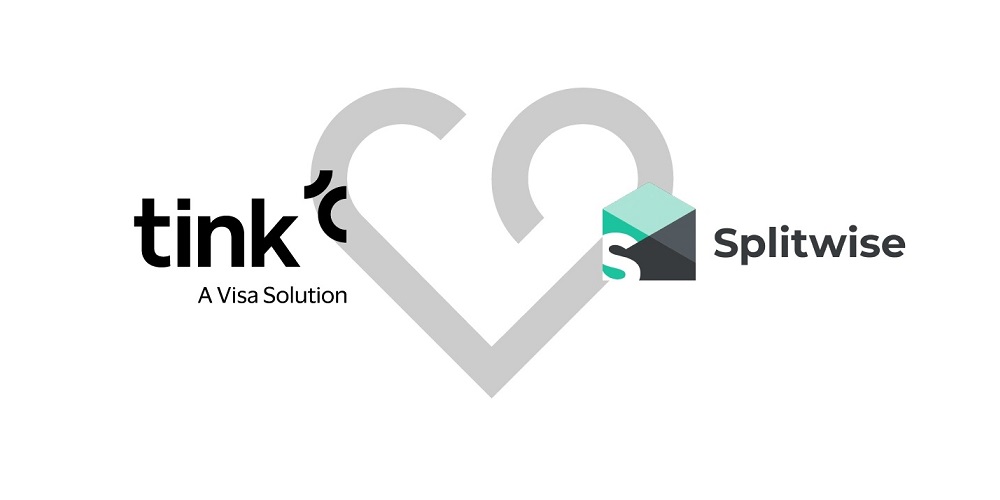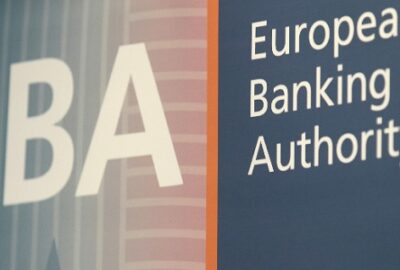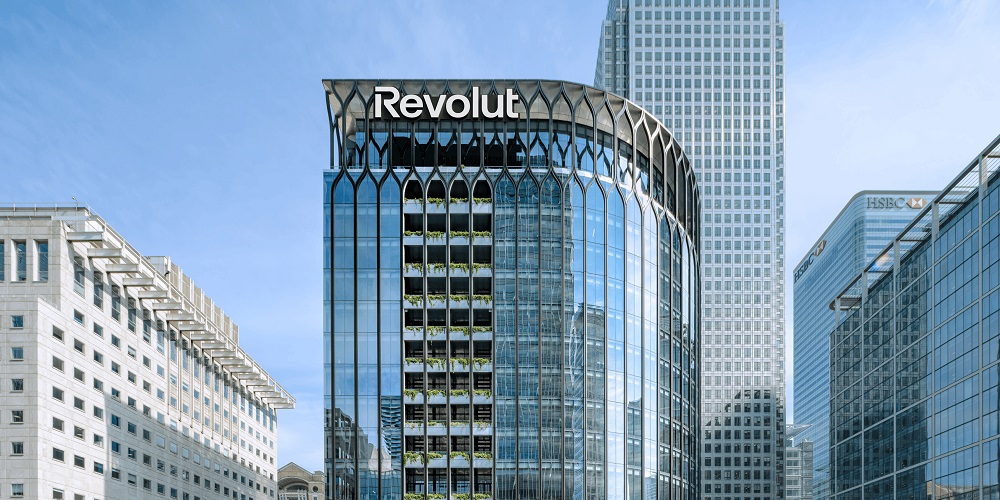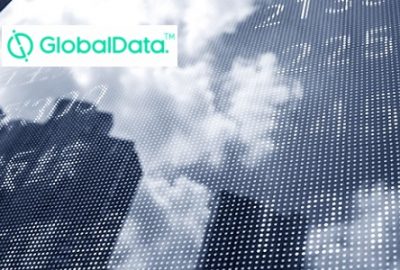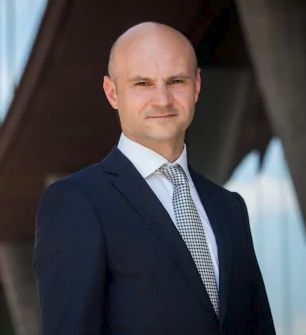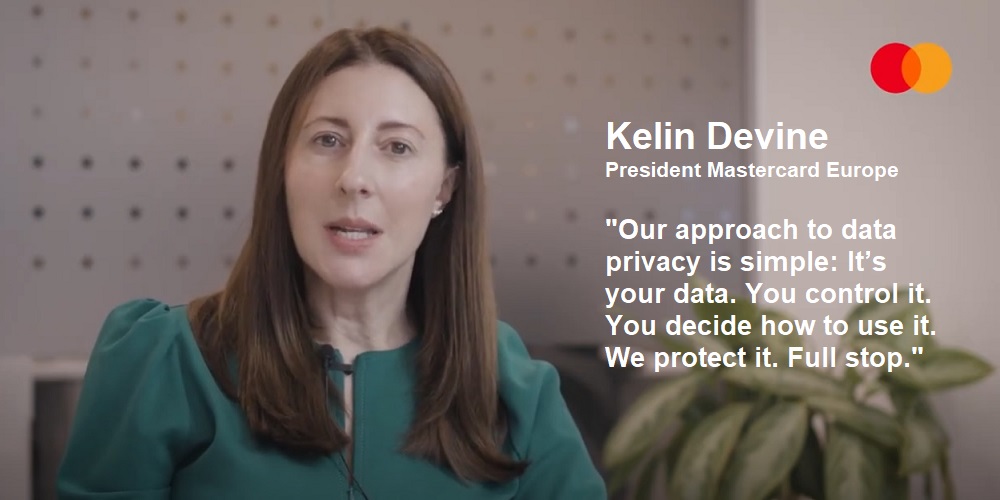Proposed reporting system could help avert bank runs. Strategic disclosure of both good and bad news can inform regulators without scaring depositors.

Based on the research of Ronghuo Zheng
Last year’s failures of Silicon Valley Bank and two other financial institutions — after panic-driven runs on deposits — have fueled a longstanding debate in bank regulation: How much transparency is too much?
Regulators need detailed disclosure of a bank’s balance sheet to be able to intervene before it fails. But too much disclosure could spook depositors to flee prematurely from a bank that could be saved.
New research from Texas McCombs identifies a potential happy medium: an “optimal reporting system” that might help to avert future crises.
Under his proposed system, “runs like the runs on Silicon Valley Bank and the other two banks would be less likely or less catastrophic,” says Ronghuo Zheng, associate professor of accounting.
Which Value To Report?
A major controversy with the current system, he says, has been its use of fair-value accounting. This standard reports a bank’s assets at their current fair market values — rather than their original cost.
But there’s a significant exception to the standard: Banks aren’t required to report so-called HTM securities at fair value. Those are bonds meant to be held to maturity, such as 10-year U.S. Treasury bonds.
Under this exception, a bank reports a $100 T-bond at $100. But in bond markets, its fair value can fluctuate. On Feb. 13, a $100 10-year T-bond was worth only $97.16. That’s a loss of $2.84.
Normally, such losses are only on paper, because the bank isn’t planning to sell the bonds. But in March 2023, Silicon Valley Bank did have to start selling them to pay off a few large depositors who were withdrawing their money. That news spooked other depositors to withdraw, forcing the bank to unload even more bonds — at a loss. When the run was over, its losses added up to $1.8 billion.
That scenario could have been avoided if the bank had reported the market value of those bonds, Zheng says. Regulators could have foreseen problems and acted before a run began.
“Classifying assets as HTM instead of fair value allowed banks to hide unrealized paper losses,” he says. “It triggered panic among investors, once banks were forced to sell these assets at significantly lower prices than reported on the balance sheet.”
Reporting To Prevent Panics
What would an optimal reporting system look like? Using a widely used bank-run model, Zheng and Gaoqing Zhang of the University of Minnesota calculated that an optimal system would spotlight the riskiest banks while shielding less risky ones from runs. It would do that by requiring full disclosure in some scenarios but not in others.
. If a bank had paper losses on HTM securities, it would have to report them, alerting regulators to potential trouble.
. If it had paper gains on HTM securities, it could report them to reassure depositors — but only up to a certain level.
Each bank would have its own threshold, tailored to its individual risk of runs and its exposure to larger shocks such as recessions. It would not report gains above that level.
Says Zheng, “The optimal reporting system requires full disclosure of all unfavorable news but disclosure of favorable news only below some threshold.”
Why set a threshold for good news? Zheng says it’s to protect medium-risk banks from needless panics.
If some banks report large asset gains and others report only moderate gains, depositors might doubt the soundness of the latter — even though their risk levels are only medium. By limiting how much all banks can report, Zheng’s system lumps low- and medium-risk banks together in depositors’ eyes. It protects solvent banks from unwarranted and destabilizing runs.
“We only want to report the really bad banks,” Zheng says. “If you are not too bad, you can stay silent.”
“Optimal Reporting Systems in Bank Runs” is published online in The Accounting Review.
Dariusz Mazurkiewicz – CEO at BLIK Polish Payment Standard
Banking 4.0 – „how was the experience for you”
„To be honest I think that Sinaia, your conference, is much better then Davos.”
Many more interesting quotes in the video below:

